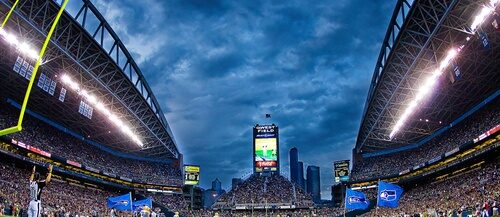Key takeaways
– Young athletes face head injury risks and mental health issues
– Fewer contact drills lower the chance of brain injuries
– Coaches and parents can spot injury signs and get help early
– Trainers and safety rules improve youth sports protection
From One Hit to Long Term Harm
Every year millions of people get a head injury. Some heal fast and return to normal. However some have lasting problems. Kids who play contact sports face both immediate and delayed effects. For example they may struggle with memory focus or mood swings. In fact research shows that these issues can last for years.
Brain Injury Signs to Watch For
After a hard blow to the head young athletes may show certain symptoms. They might have repeated headaches or feel dizzy and off balance. In addition they can seem irritable sad or even confused. Moreover some may drink too much or use substances to cope with pain or stress. These patterns can point to a deeper problem.
What Research Reveals About Youth Sports
Experts followed over five hundred college athletes and found three out of four had a head injury before turning twenty. Nearly half of them faced at least one diagnosed concussion. In addition more than half of those with concussions lost consciousness at some time. Also those athletes were more likely to develop anxiety depression or substance misuse later on.
Furthermore a study of young athletes who died early showed forty percent had brain changes linked to long term trauma. Families reported that many of these athletes had mental health struggles. Around one third misused alcohol or drugs to cope with their feelings and pain. These findings raise concern about how repeated hits affect growing minds.
Ways to Reduce Head Injuries
First limiting the amount of full speed contact in practice can help. Coaches can run more drills that focus on skill rather than on tackles and collisions. Second giving players enough rest between games allows time for any injuries to heal. Also using proper technique in drills reduces the force of impact on the head.
In addition leagues can change rules to protect young athletes. For example no head first tackling or heading the ball in soccer can lower risk. Likewise enforcing stricter penalties for dangerous play makes athletes more aware of safety. Moreover including more non contact drills keeps practices both safe and fun.
Role of Athletic Trainers and Medical Teams
Many schools now have athletic trainers at games and practices. These professionals spot head injury signs early and advise on next steps. They guide athletes through recovery and offer referrals to specialists. In turn this support can prevent long lasting damage and help with mental health care.
Moreover trainers often notice changes in mood or behavior after a hitting incident. They can then suggest a mental health check up or therapy if needed. Therefore these professionals play a key role in protecting both brain and mental health.
How Families and Coaches Can Help
Parents should pay close attention to how their child acts after a hit. Changes in sleep appetite or mood deserve a prompt medical evaluation. Also coaches must encourage honest reporting of any discomfort or confusion. Creating a culture where athletes feel safe speaking up matters greatly.
Furthermore families can keep a record of any head injuries and related symptoms. This log helps doctors track patterns and decide on treatment plans. In addition parents can seek resources on safe practice methods and recovery guidelines.
Preventing Long Term Effects
Early action matters most in avoiding lasting harm. When athletes rest and recover fully after a hit they regain strength faster. Also mental health support helps young people deal with anxiety and depression tied to their injury. Regular check ins with specialists can catch issues before they worsen.
In the end protecting brain health in youth sports takes teamwork. Coaches trainers parents and medical pros need to work together closely. By combining safer drills clear rules and strong support we can reduce risks. As a result young athletes can enjoy sports without fearing hidden harm.
Looking Ahead
With more studies shining light on these dangers youth sports are changing. Teams at every level now seek safer training methods and better injury tracking. Moreover schools and clubs invest in more trainers and updated equipment. As awareness grows so does the hope for healthier young athletes.
Ultimately less contact does not mean less fun. With creative drills and a focus on skill kids still get to compete and improve. They also learn to respect their bodies and speak up when something feels wrong. Over time these changes will build safer sports worlds for all young players.

